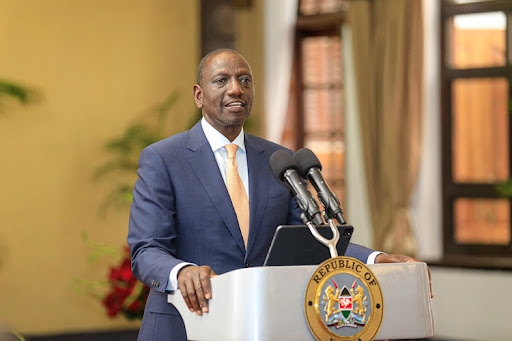
Free Primary Education in Kenya was introduced in January 2003.
This was a significant step, as it led to a large increase in school enrollment, particularly for children from lower-income families. Free Secondary Education followed in 2007.
However, 22 years down the line, there is nothing much to smile about as quality of public education remains modest and, to some extent, abject in some regions.
While the FPE
policy increased school enrollment, particularly
among the poor, it has also led to concerns about the quality of education,
especially in public schools. Overcrowded classrooms, teacher
shortages and inadequate learning materials are contributing factors.
A recent sector report indicated that nine in 10 children from poor households will fail to complete Grade 8 as the Kenyan public education remains rife with inadequate facilities, insufficient and often poorly trained teachers, overcrowded classrooms and poor results.
It is sad that one in three Kenyan sixth graders cannot read or write, according to studies.
Some parents have since been forced to spend heavily to educate their children in private schools due to the declining quality of education in public schools.
Article 53(1)(b) of the Constitution guarantees every child the right to free and compulsory basic education. Article 55(a) mandates the state to take measures, including affirmative action, to ensure youth access relevant education and training.
Additionally, Article 54 provides that persons with disabilities have the right to access educational institutions and facilities integrated into society.
The fundamental question is: has government failed Kenyans who cannot afford the costly private schools?
Quote of the day: “The philosophers have only interpreted the world, in various ways. The point, however, is to change it.” —Karl Marx, German philosopher, was born on May 5, 1818
















